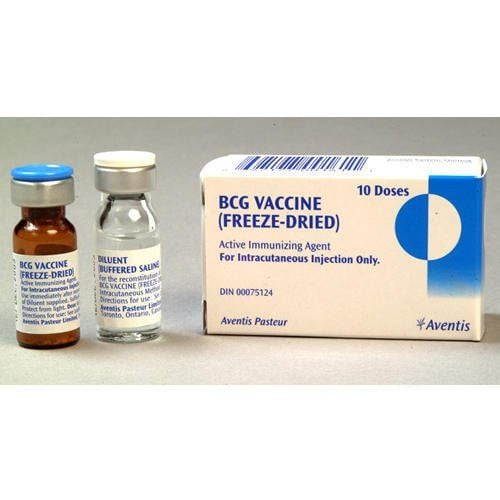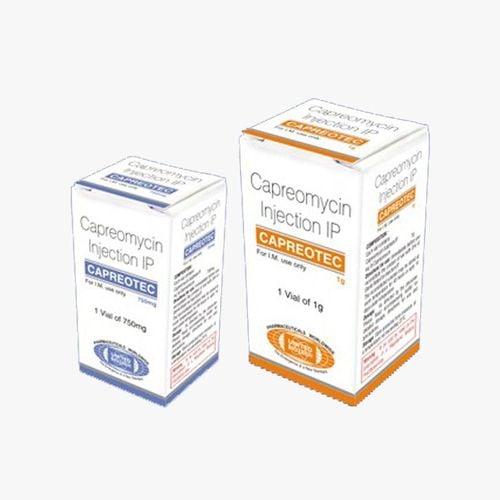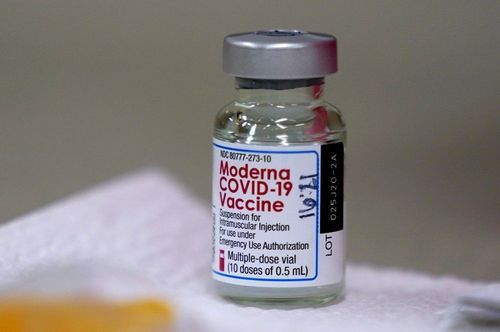This is an automatically translated article.
Currently, the diagnosis of tuberculosis in children is still difficult due to the nonspecific symptoms and the low rate of laboratory tests detecting TB bacteria. Treatment of children with tuberculosis should be carried out with the right treatment regimen and as soon as possible.
1. An overview of tuberculosis in children
Tuberculosis in children is not a rare clinical disease. Children with tuberculosis each year account for about 15% of all new cases. Children with TB disease can present with all forms of TB similar to adults, but the most common are primary TB, pulmonary TB, pleural TB, acute meningococcal TB, and some extrapulmonary TB. bone tuberculosis, peritoneal tuberculosis, lymph node tuberculosis, intestinal tuberculosis ... Each form of tuberculosis has different clinical manifestations, occurs at different ages, and the severity varies depending on the location of the sick child. tuberculosis, response to treatment, and bacterial load.
The susceptible group is young children who have not been vaccinated against tuberculosis. The incidence of tuberculosis in children decreases with age due to the immune response induced after complete vaccination. It should be remembered that the child's body needs time to respond to produce protective antibodies, so after vaccinating a child, parents should not be subjective and need to protect their child from risk factors or sources. tuberculosis infection.
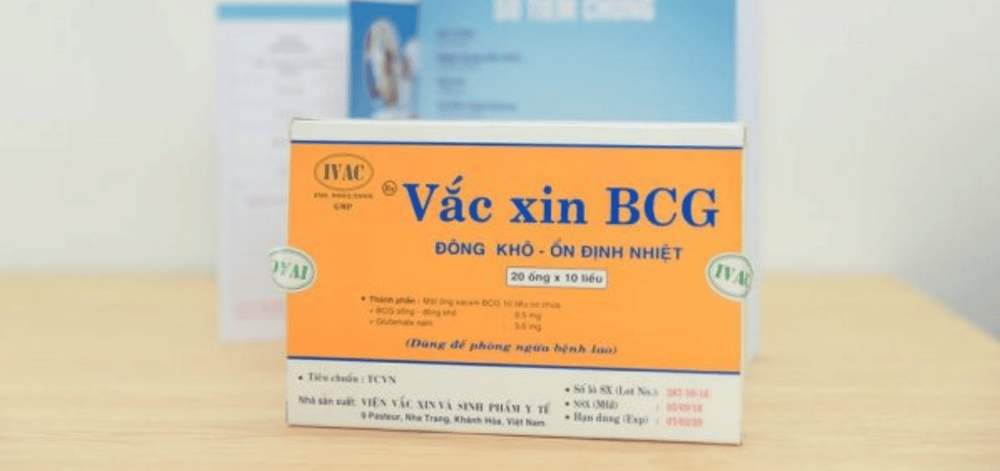
Vắc-xin tiêm phòng bệnh lao BCG
Common clinical symptoms when children have TB disease are fever and cough lasting for more than 10 days, poor appetite, weight loss, easy fussiness and some typical symptoms of each affected organ. Because the symptoms are similar to other diseases, parents are often subjective and self-treat at home, which delays the identification and treatment of TB as well as increases the infection rate for the community. Children with tuberculosis over 5 years of age have a higher risk of infection because they can spit and release bacteria to the outside environment. Tuberculosis in children, if not treated early, can lead to many serious complications for children such as spinal deformities, deafness, blindness, epilepsy, paralysis or even death, depending on the type of TB and complications. its. Tuberculosis in children is a preventable disease and vaccination against TB is the most effective means of active prevention.
2. Some forms of TB in children
Primary TB This is the most common form of TB, especially among children under 5 years of age who have not been vaccinated against TB. Primary TB infection is usually asymptomatic or has only transient signs such as low-grade fever and fatigue. The vague clinical manifestations make primary TB infection common in the community, but it is easy to miss. A history of incomplete immunization is a very valuable indicator that helps detect TB in children in many cases. Some children with primary tuberculosis can recover on their own with good resistance.
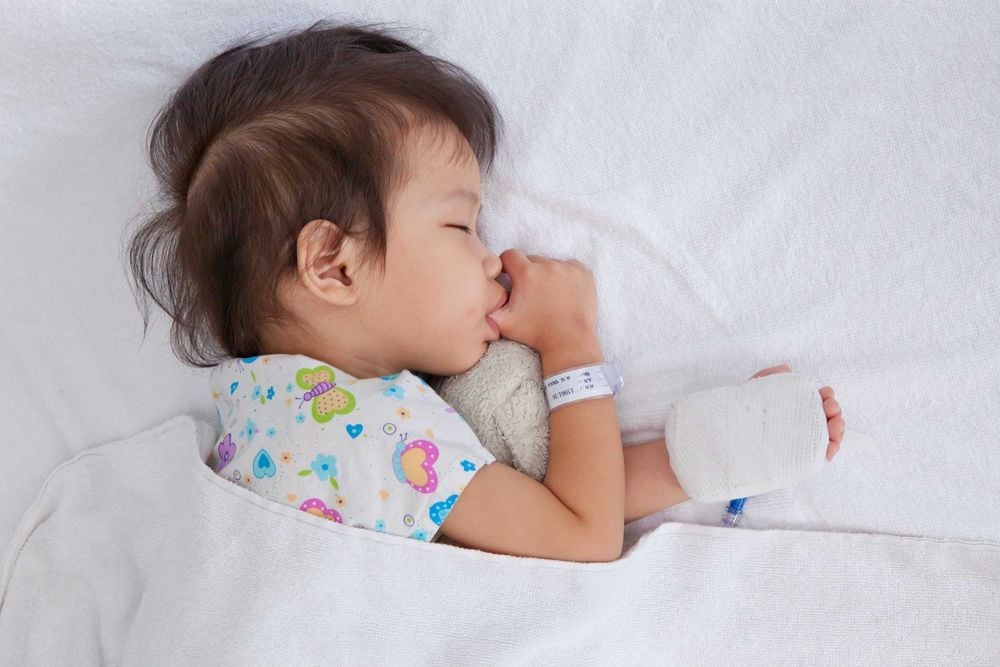
Lao sơ nhiễm thường xảy ra ở nhóm trẻ dưới 5 tuổi
Meningococcal TB This is a severe form of acute tuberculosis that develops from primary infection when TB bacteria spread through the bloodstream to the central nervous system. Complications of tuberculous meningitis are often serious and persist for the rest of a child's life such as seizures, exhaustion, mental retardation, and even death. Children with tuberculous meningitis have severe symptoms, appearing days to months after being infected with TB, including high fever, headache, stiff neck, convulsions, eye movement disorders, convulsions, and seizures. ...
Pulmonary TB Along with pleural TB, this is a common form of respiratory tuberculosis in children older than 5 years old, especially those in puberty. Children with pulmonary tuberculosis can be secondary to primary TB or spread directly through contact with family members who have TB. Pulmonary tuberculosis after primary infection often takes many months to show symptoms. Clinical manifestations of pulmonary tuberculosis in children have many similarities with tuberculosis in adults such as low-grade fever in the afternoon, weight loss, prolonged cough with bloody sputum, and chest tightness. The diagnosis of pulmonary tuberculosis in children is made by a combination of imaging and testing for TB bacteria in sputum or gastric juice in 3 samples taken at least 1 day apart by fresh scan and culture for bacteria.
Extrapulmonary TB This is the latest complication after primary TB infection. Extrapulmonary tuberculosis is very diverse with many different forms such as spinal tuberculosis, lymph node tuberculosis, peritoneal tuberculosis, urinary tuberculosis, intestinal tuberculosis ... Children can have many different types of extrapulmonary tuberculosis at the same time or co-infected with pulmonary tuberculosis. and extrapulmonary tuberculosis. Clinical symptoms vary depending on the organ affected. Pain and spinal deformity seen in spinal tuberculosis. Painful testicular swelling and hematuria are seen in spinal tuberculosis. Swollen lymph nodes in many places in the body are found in lymph node tuberculosis.

Lao cột sống khiến người bệnh bị chấn thương và cong vẹo cột sống
3. Signs to identify children with tuberculosis
Clinical symptoms in children with TB are often very diverse and variable. Children with tuberculosis may have obvious, aggressive manifestations in acute forms of TB such as meningococcal and miliary TB. In contrast, children with primary tuberculosis have very vague clinical manifestations or even no suggestive signs. Pulmonary tuberculosis and pleural TB have symptoms suggestive of respiratory tract lesions such as cough, expectoration of blood sputum, chest tightness, and shortness of breath.
The forms of TB outside the respiratory tract have different manifestations depending on the organs affected. In summary, clinical symptoms of tuberculosis are diverse but non-specific, and are easily confused with other diseases. Inadequate vaccination and history of contact with persons suspected of having TB or having TB are valuable hints and guides in the identification and diagnosis of TB in children. .
4. Diagnosis of TB in children
Accurate diagnosis of children with tuberculosis should rely on laboratory tests instead of clinical manifestations of the disease, which are not specific, easily confused with other diseases. Specimens from sputum, respiratory secretions or gastric juices or specimens from other suspect organs are taken for fresh microscopy and cultured for TB bacteria. Specimens must be taken 3 times on 3 different consecutive days. When the test is positive, the diagnosis of tuberculosis in children is confirmed.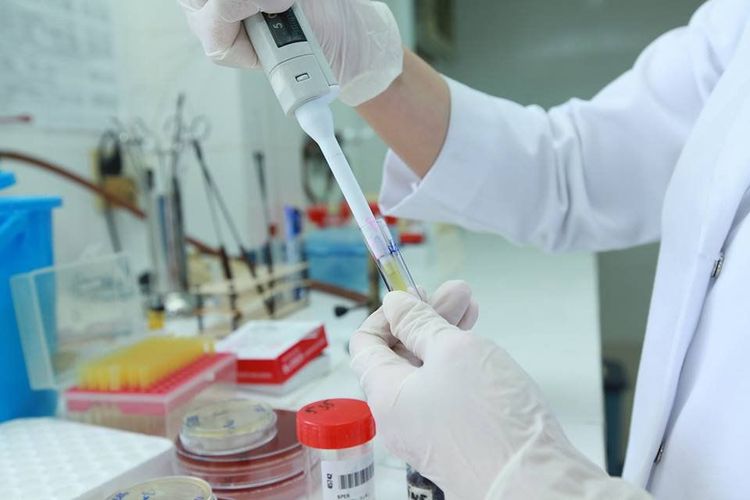
Xét nghiệm bệnh phẩm chẩn đoán lao ở trẻ
5. Treatments for tuberculosis in children
The principles of treating tuberculosis in children are similar to those of tuberculosis in adults. The long-term combination treatment regimen between anti-TB drugs plays a key role. The treatment time to achieve the effect lasts about 6 to 9 months continuously. Oral medications must be used in the correct dose and according to the doctor's regimen. The effectiveness of treatment for tuberculosis in children is highly dependent on the stage of the disease. Tuberculosis in children that is detected early, when there are no complications or has not spread to other organ systems, has a better prognosis.
Pediatrics department at Vinmec International General Hospital is the address for receiving and examining diseases that infants and young children are susceptible to: viral fever, bacterial fever, otitis media, pneumonia in children, ... With modern equipment, sterile space, minimizing the impact as well as the risk of disease spread. Along with that is the dedication from the doctors with professional experience with pediatric patients, making the examination no longer a concern of the parents.
Customers can directly go to Vinmec Health system nationwide to visit or contact the hotline HERE for support.
Recommended video:
Why infants need TB vaccination
SEE ALSO:
Tuberculosis and its treatment Pulmonary tuberculosis: Is it contagious after being vaccinated? Causes and warning signs of tuberculosis







